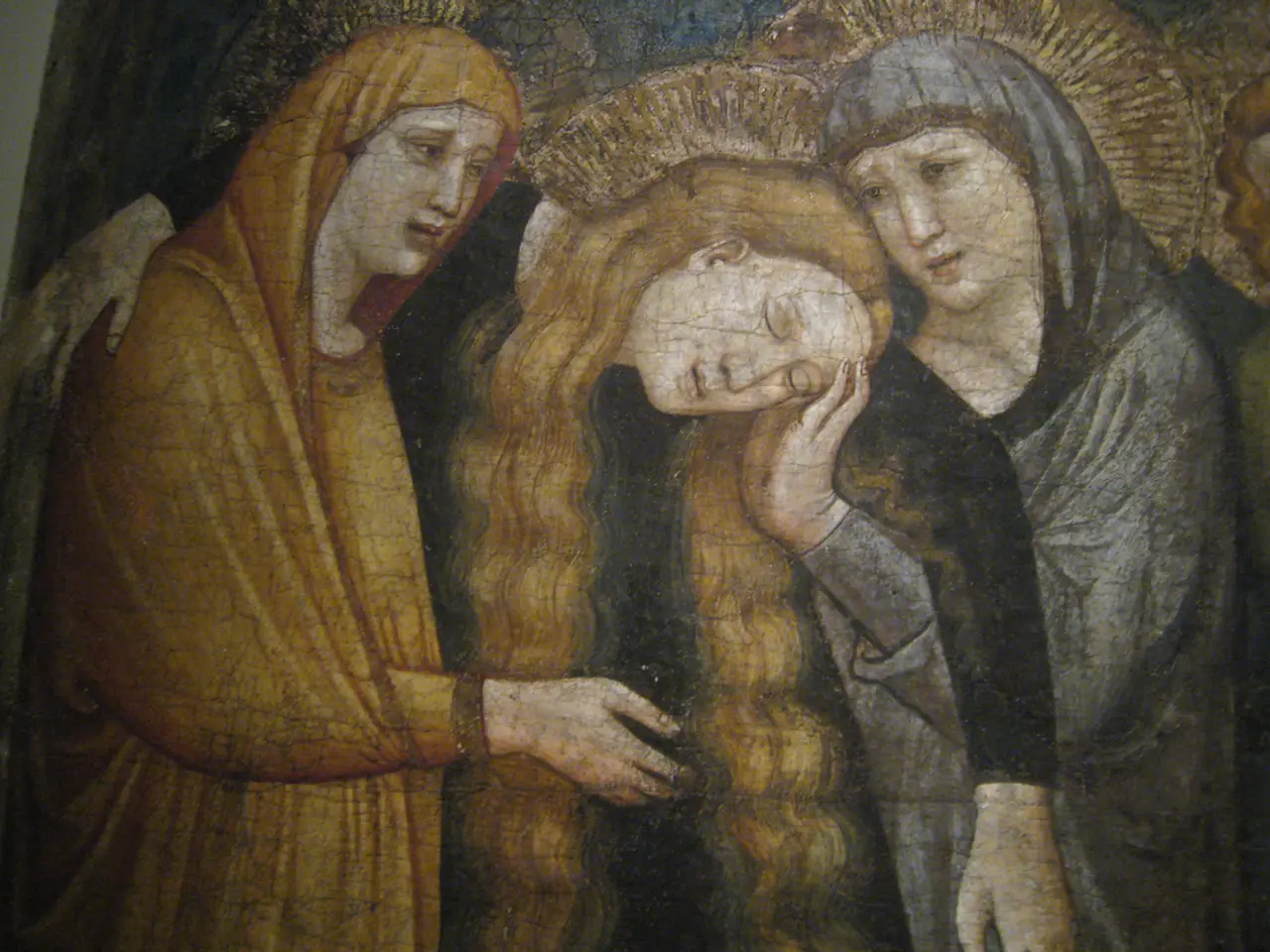Nahui Olin: The Woman Who Shaped Mexican Modernism
In 1922, Nahui Olin, originally known as Carmen Mondragón, was christened with her iconic name by artist and volcanologist Dr. Atl. The name, meaning 'power with which the sun makes the planets turn', reflected her forceful nature and foreshadowed her impact on Mexican modernism and society.
Dr. Atl and Nahui Olin's relationship was a whirlwind of passion and controversy. They collaborated artistically, pushing boundaries and advocating for female artists' equality and agency. Their affair, however, was marked by extreme highs and lows.
One dramatic incident occurred when Nahui Olin, in a fit of rage, pointed a revolver at Dr. Atl. He swiftly reacted, leaping to grab her arm and the gun's barrel. Five shots were fired into the floor, leaving a lasting mark on their tumultuous relationship.
After their split, Dr. Atl turned his focus to studying and painting central Mexico's volcanoes. Despite losing his right leg in a volcanic eruption in 1943, he continued his work. Nahui Olin, meanwhile, moved to a maid's quarters, supporting herself through modeling and teaching art.
Their partnership challenged traditional norms about marriage, gender, and artistic roles. It sparked debate about personal freedom and creative autonomy in Mexico, leaving a lasting impact on society.
Dr. Atl and Nahui Olin's affair, though tumultuous, was a catalyst for change in Mexican society. Their artistic collaboration and challenging of traditional norms have made them iconic figures in Mexican modernism. Despite their dramatic split and Dr. Atl's eventual departure from the Academy of San Carlos, their influence on Mexican art and culture endures.







